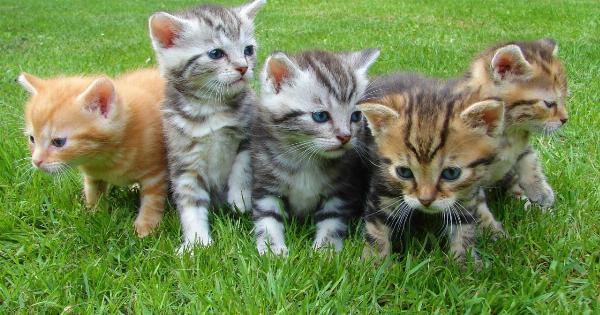Diabetes is a common condition in cats that requires careful management, including proper nutrition. Feeding a cat with diabetes involves understanding their dietary needs, selecting appropriate foods, and establishing a consistent feeding routine.
This guide aims to provide valuable information and practical tips to help cat owners navigate the challenges of feeding a feline companion with diabetes.
Understanding Feline Diabetes
Feline diabetes mellitus, also known as sugar diabetes, is a condition that affects how the cat’s body processes glucose. In diabetic cats, the pancreas either produces insufficient amounts of insulin or fails to use it effectively.
As a result, excess glucose accumulates in the bloodstream, leading to hyperglycemia.
Diabetes in cats can have various causes, including genetic predisposition, obesity, hormonal disorders, and certain medications. Recognizing the signs of diabetes in cats is essential for early detection and treatment.
Common symptoms include increased thirst, frequent urination, weight loss, increased appetite, lethargy, and a dull or unkempt coat.
Consulting a Veterinary Professional
If you suspect that your cat has diabetes or have received a diagnosis from a veterinarian, it is crucial to seek professional guidance for managing their condition.
A veterinarian can provide essential information tailored to your cat’s specific needs, including dietary recommendations, insulin administration techniques (if required), and guidance on monitoring glucose levels.
The Role of Diet in Managing Feline Diabetes
Diet plays a significant role in managing diabetes in cats. Feeding the right type and amount of food can help stabilize blood glucose levels, promote weight loss if necessary, and support overall health. Here are some important considerations:.
1. Balanced Nutrition
A well-balanced diet is essential for cats with diabetes. Look for cat foods that provide adequate protein, moderate fat content, and low carbohydrates.
High-quality protein sources, such as chicken, turkey, and fish, can help maintain muscle mass and provide essential amino acids. Avoid foods with excessive carbohydrate content, as they can cause a rapid rise in blood glucose levels.
2. Wet or Dry Food
The choice between wet and dry food for diabetic cats can depend on various factors, including individual preferences, dental health, and the presence of other medical conditions.
Wet food generally has higher water content and lower carbohydrate levels, making it beneficial for cats with diabetes. However, if dry food is preferred, it is crucial to select options with lower carbohydrate content and high-quality ingredients.
3. Avoid Free-Feeding
Free-feeding, where food is available to cats at all times, is not recommended for diabetic cats. Establishing a structured feeding routine with controlled portion sizes helps regulate insulin administration and prevent blood sugar fluctuations.
Divide the daily food portion into several meals throughout the day, following veterinarian recommendations for the frequency and timing of feedings.
4. Consider Prescription Diets
Your veterinarian may recommend a specialized prescription diet formulated specifically for cats with diabetes. These diets often have controlled carbohydrate levels, increased fiber content, and other beneficial nutritional features.
Prescription diets can assist in managing blood glucose levels and may support weight loss if required.
Monitoring and Adjusting
Regular monitoring is crucial to ensure your cat’s diabetes management plan remains effective. Monitor glucose levels as directed by your veterinarian and maintain a record of readings to identify any patterns or changes.
This information can help determine if adjustments are necessary in your cat’s diet or insulin dosage. Regular veterinary check-ups are also important to assess overall health and make any necessary adjustments to the treatment plan.
Tips for Encouraging Healthy Eating Habits
Feeding cats with diabetes can present unique challenges. Here are some tips to encourage healthy eating habits:.
1. Minimize Stress during Feeding Time
Provide a calm and quiet environment during meals. Minimizing stress helps prevent feeding disruptions and encourages your cat to eat their designated portion.
2. Incorporate Interactive Feeders
Interactive feeders, such as food puzzles or slow-feed bowls, can help slow down eating, prevent overeating, and promote mental stimulation. These devices can also be beneficial for weight management.
3. Warm Food Slightly
Warming canned food slightly can enhance its aroma and make it more enticing for cats. However, ensure that the food is not too hot, as it can burn the cat’s mouth.
4.
Seek Veterinary Advice
If your cat consistently refuses to eat or displays a significant decrease in appetite, consult your veterinarian promptly. Loss of appetite can indicate underlying health issues or complications that require intervention.
Conclusion
Feeding a cat with diabetes requires careful consideration to maintain their health and manage their blood glucose levels effectively.
Understanding the role of a balanced diet, consulting a veterinary professional, and implementing a structured feeding routine are essential components of successful diabetes management. By following these guidelines, cat owners can support their feline companions in leading healthy and fulfilling lives.






























